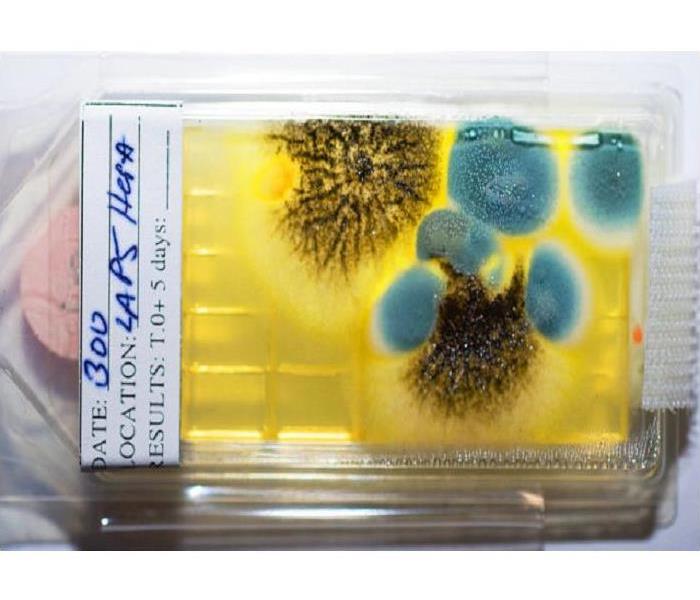Yes. There is such a Thing as Good Mold Part 3
6/1/2018 (Permalink)
 A surface sample from the International Space Station. The Microbiome is monitored often to protect their health and safety. (NASA)
A surface sample from the International Space Station. The Microbiome is monitored often to protect their health and safety. (NASA)
As a company that specializes in Mold Mitigation, SERVPRO of East Greenville has a numerous amount of information about mold. Specifically harmful or “Black” mold and a large amount of this information can be unnerving. So in an effort to be fair and balanced, we would like to share some information about some “good” types of mold.
And the finale is a doozy.
Part 3: Space Fungus (Yeast)
During the research for this series of articles, I noticed a pattern: most of the discoveries for beneficial uses of mold came from accidents. And this one is only slightly different.
In 1997 an astronaut discovered several “bowling-ball to beach-ball” size floating globs of stagnant water on the Russian Space Station, Mir. Each of these globs was occupied with dozens of species of bacteria and fungi. The fungi on the space station were able to grow so much because of dead skin cells being shed by the astronauts free-floating throughout were easily reached by the spores that were also able to float about without gravity freely.
Several years of research produced some fantastic results. Scientists had known that yeasts have a higher radiation resistance than other living organisms. The cell structure of the yeast didn’t break down as quickly as that of humans, and it allowed the proteins in the DNA to repair the cells before significant damage could be caused. Scientists can use this to try to develop medication or supplements to treat radiation sickness or bring long-distance space travel closer to reality. For much more detailed information about fungi in space check out ScienceLine.org.
If yeasts can help us get closer to reaching the stars, then it belongs right up there with Neil Armstrong and Jim Lovell as heroes.






 24/7 Emergency Service
24/7 Emergency Service